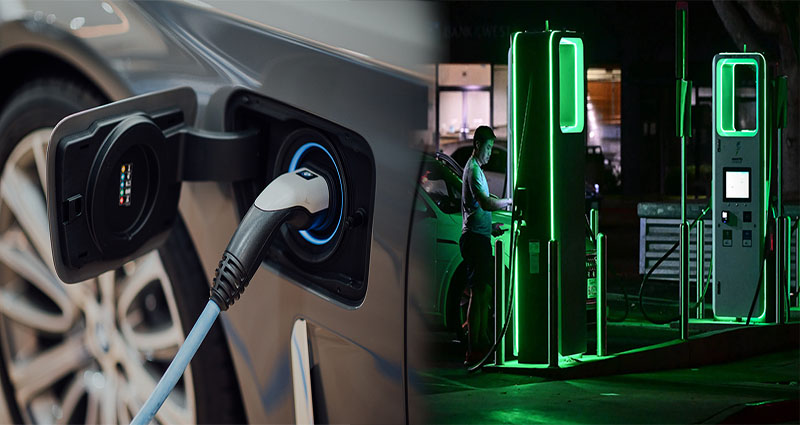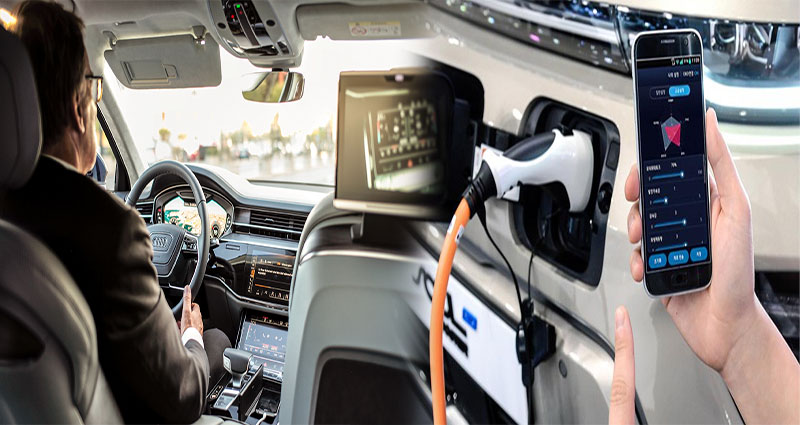Analyzing Cost Considerations in Electric Vehicles
As electric vehicles (EVs) gain popularity and become more mainstream, one of the key factors that potential buyers consider is the cost. While electric vehicles offer numerous benefits, including environmental sustainability, reduced reliance on fossil fuels, and lower maintenance costs, understanding the cost considerations is crucial before making a purchase decision. In this article, we will analyze the cost considerations associated with electric vehicles, providing insights to help you make an informed choice.
Purchase Price
One of the significant cost considerations when buying an electric vehicle is the purchase price. Electric vehicles typically have a higher upfront cost compared to their gasoline-powered counterparts. This is mainly due to the expensive battery technology used in EVs. However, it’s important to note that electric vehicle prices have been steadily declining over the years, and as the technology continues to evolve and become more widely adopted, prices are expected to decrease further.
Additionally, … READ MORE ...








